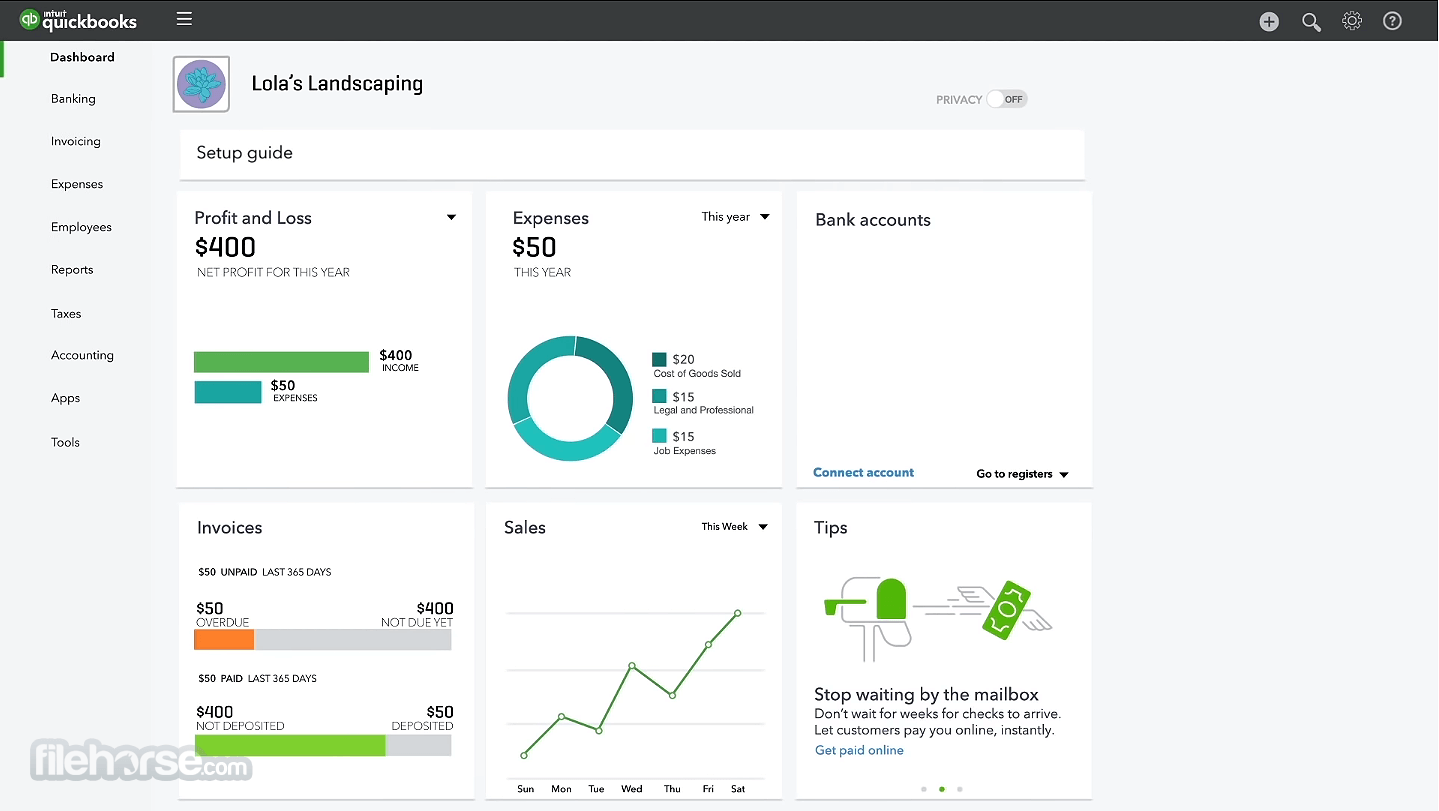

Known bugs also include exporting SVG files, and multi-app workflows like copying and pasting from Lightroom to Photoshop. Photoshop's M1 launch also has its share of issues, with key features like Quick Share and Preset Syncing not available. InDesign, InCopy, Illustrator, After Effects and other key components of the Adobe family of apps remain reliant on Rosetta 2. These include household names like Google Drive, Microsoft Teams, Dropbox, Skype, Spotify, Kindle, Trello, and Evernote, just to name a few.Īnd while Adobe has made strides, its most popular app - Acrobat, used for reading PDFs - has yet to see M1 support. While Photoshop and Lightroom on the M1 natively are major milestones for Apple's move to the next generation, there are a number of high-profile laggards that have yet to release native M1 apps. Sounds like a win all around, right? Not so fast. In Dahm's own words, Photoshop in Rosetta was "running as fast, or even faster than on previous systems." Mark Dahm, principal product manager for Photoshop, said in an interview with Computer World that Apple's "significant investment in the developer toolchain and experience" made it a "smooth" experience for the Adobe team.Īnd even before Photoshop became M1 native, Apple's Rosetta 2 code - which allows legacy Intel apps to run on M1 chips - bought Adobe some time. And by Adobe's own account, the process was pretty straightforward. Nearly a month and a half later, some major apps have debuted on the M1, but the vast majority of those mentioned in our last feature remain without M1 support.Īpple's M1 chip - which powers the company's latest MacBook Pro, MacBook Air and Mac mini systems - did see another victory last week when Adobe officially launched its industry-leading photo editing software Photoshop built entirely for Apple Silicon. In AppleInsider's previous "State of Apple Silicon" update published in early February, we noted that half of the most popular Mac apps still rely on Rosetta 2 to run on the M1 processor.


 0 kommentar(er)
0 kommentar(er)
